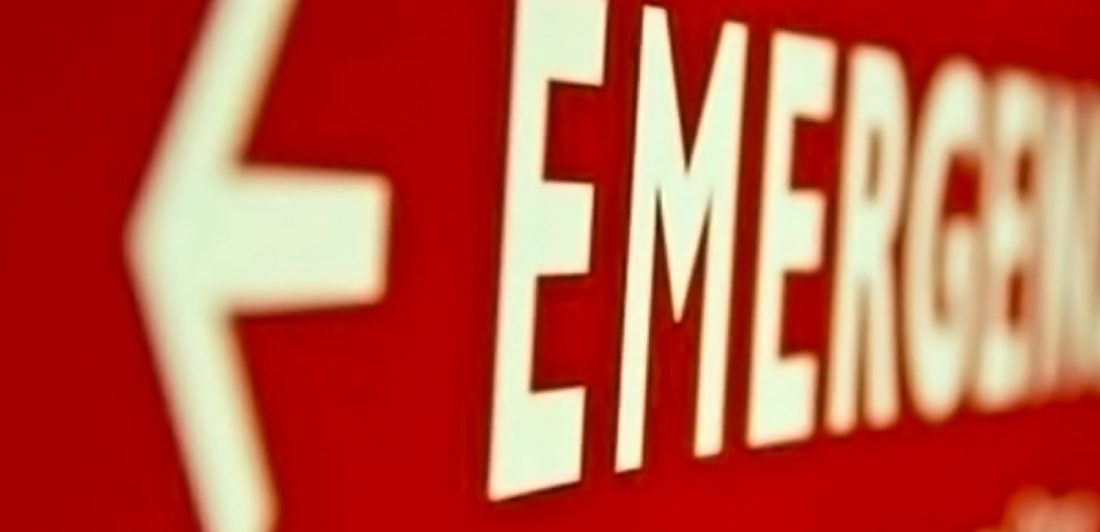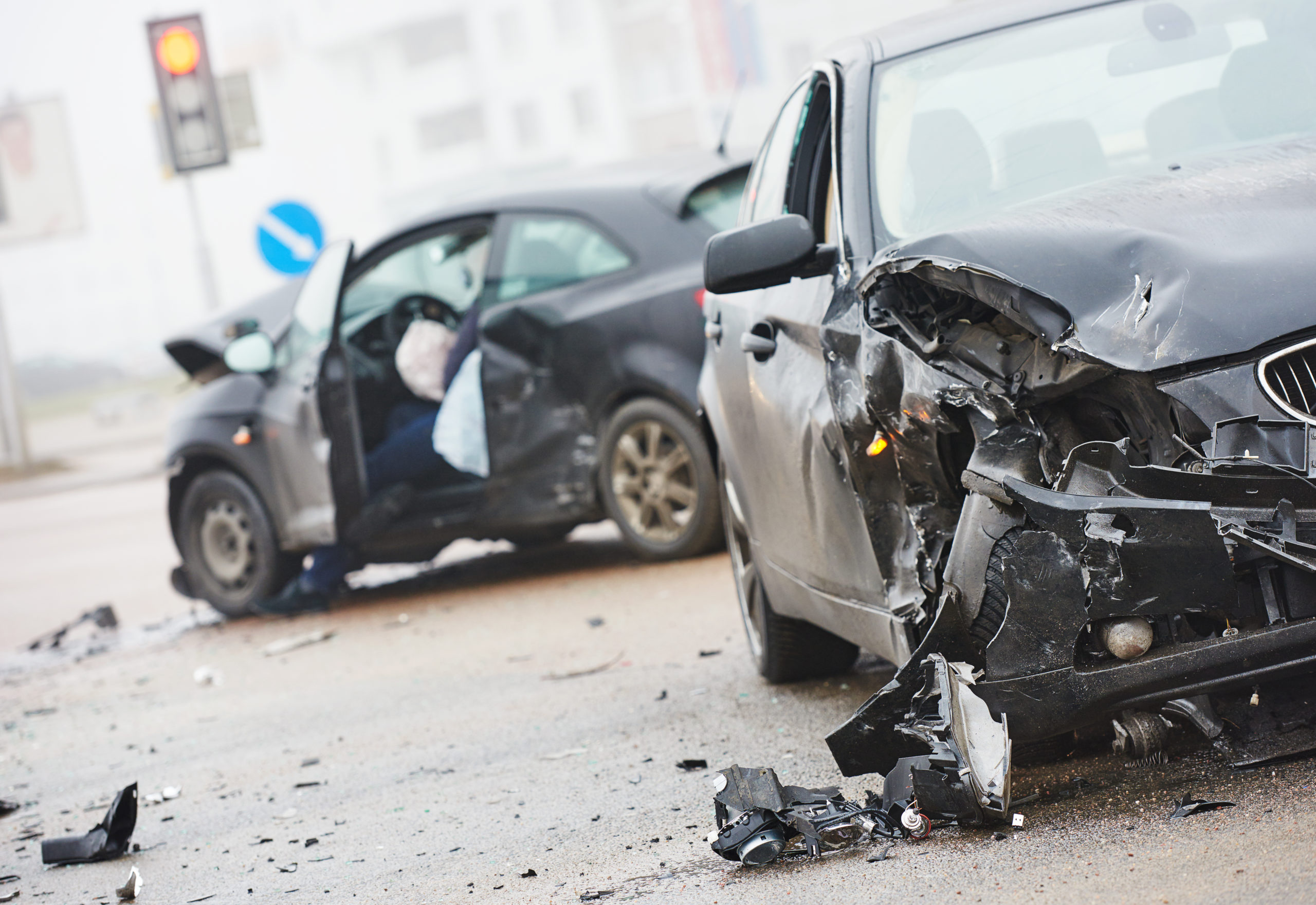When you think of burn injuries, you probably imagine a thermal injury, an injury caused by a fire or extreme heat. However, these are not the only types of burns that have the potential of causing devastating burn injuries. Chemical burns from explosions in today’s world can happen almost anywhere from the workplace to your home and leave you in agonizing situations.
What are chemical burns?
Chemical burn injuries occur when your skin or eyes come in contact with a corrosive substance such as acids, bases, and solvents. Even though these types of burns involve the destruction of tissue by strong chemicals rather than heat, you may still experience a burning sensation.
What are the types of chemical burns
The classification of a chemical burn is dependent on the depth of the chemical burn and the extent of the injury. For example, external injuries include:
- A top layer burn injury, or the epidermis, is called a superficial burn or a first-degree burn.
- Injury to the second layer of skin, or the dermis, is called partial thickness injury or a second-degree burn.
- An injury to the third layer of skin, or subcutaneous tissue, is referred to as a full thickness injury or a third-degree burn.
A person is also at risk for internal burn injuries if a toxic chemical is swallowed. The individual may experience burning in the throat and esophagus. Call a poison control center if you are unsure if the substance is toxic.
According to The Occupational Safety and Health Administration, some acid and bases that have the potential of causing serious chemical burns include:
Sulfuric acid: Used in fertilizer manufacturing, found in car battery fluid, and drain and metal cleaners.
Hydrochloric acid: Used for cleaning concrete and for swimming pool maintenance.
Hydrofluoric acid: Found in rust-removal products and used in petroleum refining and fertilizer manufacturing.
Phosphoric acid: Used in fertilizer manufacturing and found in disinfectants and metal cleaners.
Sodium and calcium hypochlorite: Used for swimming pools and in bleach products.
Where do chemical burns take place?
Although chemical burns have the potential of occurring in a variety of settings, the workplace is a common place for individuals to experience a chemical burn injury. Improper training, storage and clean up when following safety instructions can lead to catastrophic events that are likely to inflict chemical burn injuries such as an explosion.
Because manufacturing plants use large quantities of caustic chemicals, they usually top the list for these types of serious and life-threatening injuries. Other job sites that expose workers to serious chemical burn injury risks include:
- Processing plants
- Construction sites
- Janitorial environment
- Manufacturing facility
- Agricultural sites
- Labs
Chemical burn symptoms
There are times when the reaction from a chemical burn is not apparent right away. Often, this means you may not have realized that you have suffered a chemical burn. Unfortunately, this has the potential of intensifying the dangers of the burn. In other cases, symptoms are apparent immediately after the injury.

How are chemical burns diagnosed?
Your healthcare provider will make a diagnosis based on several factors including:
- The level of pain in the affected area
- The amount of damage to the area
- The depth of the burn
- Signs of possible infection
- The amount of swelling present
How are chemical burns treated?
First aid is critical after a chemical burn to minimize damage. The longer the hazardous chemical stays on the skin, the longer it can continue to eat away tissue and burn additional skin and muscle. If a caustic chemical gets on your skin, immediately place the area that was affected under cool, clean running water for a minimum of 15 minutes. It is important to note that if the chemical burning skin is powder-like, it will be more effective to brush it away while wearing gloves or by using a towel before flushing the area with water.
Make sure to remove all clothing and accessories that came into contact with the chemical to minimize any additional burning. If available, wrap the burned area loosely with a sterile gauze bandage or a clean cloth. Avoid putting pressure on the injured area.
The following methods may be used by your healthcare provider to treat your chemical burn:
- Antibiotics
- Anti-itch medications
- Debridement (cleaning and removing dirt or dead tissue
- Skin grafting
- Intravenous (IV) fluids
Treating severe chemical burns
If you were severely burned, you might require burn rehabilitation. Some of the treatments that rehabilitation provides include:
- Skin replacement
- Pain management
- Cosmetic surgery
- Occupational therapy
- Counseling
Should I go to the hospital after a chemical burn?
As with other injuries, all chemical burn injuries are different. The severity of the injury greatly depends on the strength of the chemicals, the amount of time the skin was exposed before decontamination and the body part that was contaminated.
Medical attention is needed after a moderate to severe chemical burn to minimize pain, damage and the amount of time to heal.
Since second-degree burns penetrate deeper than the first layer of skin, they are at risk of a serious infection. These burns require prompt medical treatment.
Chemical burns are also known to cause severe medical problems when they affect the eyes, feet, hands, face, buttocks, groin or joint. If any of these areas have come in contact with a hazardous chemical, go to an emergency room right away.
If your symptoms after a chemical burn are similar to those of shock, which include shallow breathing, pale complexion, dizziness and low blood pressure, you should definitely go to the hospital. Other signs that indicate you should seek medical treatment include:
- The burn is larger than three inches in width or length
- The burn is on your face, hands, feet, groin, or buttocks
- The burn occurred over a major joint
- The pain is not controlled with over the counter medications
- If someone is unconscious from a chemical burn, call 911
Complications associated with severe chemical burns
The consequences of chemical burns can be serious and affect the individual emotionally as well. Although most people will recover with proper treatment and rehabilitation after a severe chemical burn, some complications may arise including:
- Disfigurement
- Sensory organ damage
- Limb loss
- Infection
- Scarring
- Muscle and tissue damage
- Bone damage
- Depression
You deserve compensation for your chemical burn injury
Often times after chemical burn incidents, legal questions will arise regarding compensation from the person that caused the burn injury. Chemical burn victims may be entitled to recovery for losses related to their injuries such as past and future medical expenses, lost wages, lost earning capacity, disfigurement, decrease in quality of life, pain and suffering and more.
You will want to hire an experienced Explosion Lawyer who will be able to navigate the complicated legal system. A qualified lawyer will have the necessary resources needed to be successful in proving negligence to hold the individual responsible for your chemical burn injury responsible.
How The Carlson Law Firm can help
If you or a loved one suffered a chemical burn injury because of another individual’s actions, don’t let another moment pass without legal representation. We have a team of attorneys, on staff private investigators and nurses ready to heavily invest in your case while you take the necessary time to recover. Our goal is to ensure you are receiving the appropriate medical treatment and recover maximum compensation on your behalf. Contact us today for a free, no-obligation consultation.




